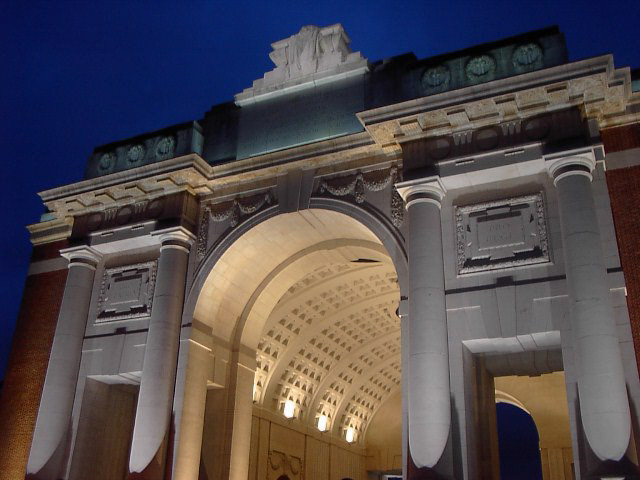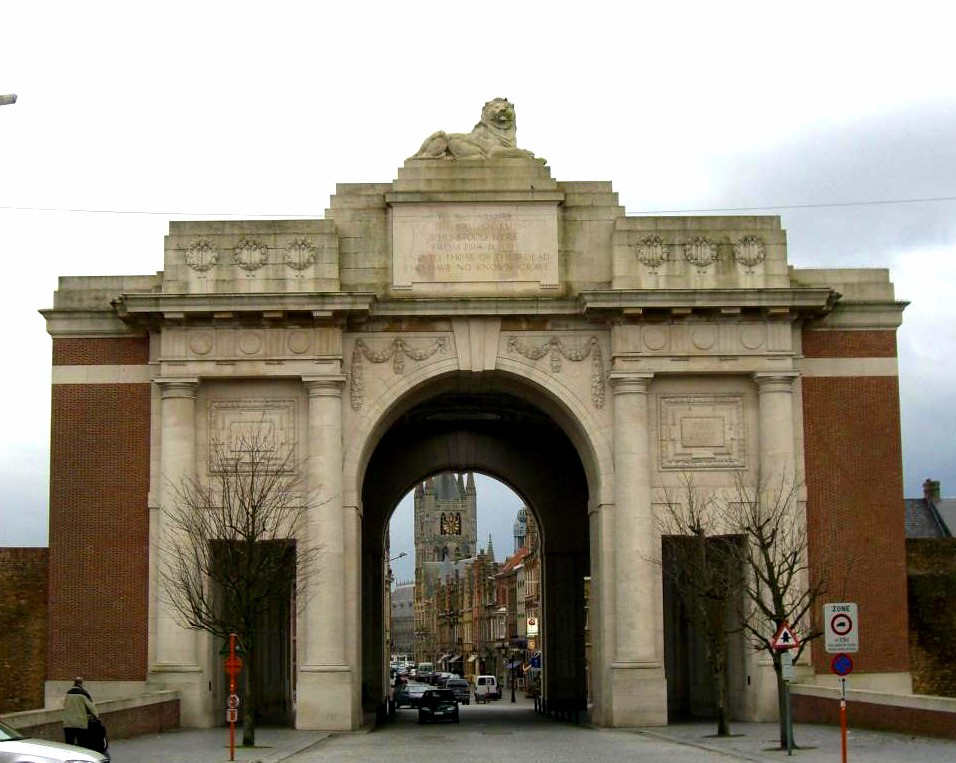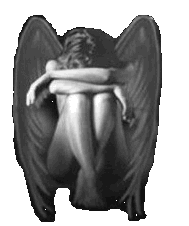 |  |  |
United Kingdom and the world
 |  |  |
 Picture 01 |
 |
 |
The Meensestraat with view to the gate. | The Menin Gate. |
The Menin Gate in Ypres is one of the most visited war memorials in Western Europe. In World War One there was no gate like the current memorial at the western end of Ypres. Instead the men who marched to the front to fight in the Battles of Ypres passed through a gap in the town's old ramparts and crossed a small stretch of water (the Kasteelgracht). Ironically, the route was considered so vulnerable to shelling, that far more soldiers left for the front line trenches by other routes around the town that were not as dangerous. However, those that did leave where the Menin Gate now is would have had their route flanked by the statues of two lions. Many thousands of men passed over this bridge - many to their deaths - that it was felt appropriate that after the war a splendid monument should be built to commemorate those who died in battle but had no final resting place. Sir Reginald Blomfield designed the Menin Gate and after his design was approved by the Imperial War Graves Commission (now the Commonwealth War Graves Commission). Work was begun in June 1921 with a grant of £150,000 from the British government. It was finished in July 1927. The land around Ypres is dotted with many cemeteries but these are invariably for those who were killed but were identified and then buried with a headstone named accordingly. These cemeteries also have head stones marked "Known unto God" or "A Soldier of the Great War" for soldiers whose bodies were found and could be buried but whose name could not be found. There are about 40,000 of these unnamed headstones around the area that constituted the Ypres Salient. The Menin Gate is for those men whose bodies were never found. Lieutenant Alex Helmer is one of the names on the Menin Gate. He was buried in a rudimentary grave at Essex Farm but the fighting around the area after his death meant that his grave was destroyed and so he has no known resting place. It was Helmer's death that inspired Lieutenant-Colonel John McCrae to write "In Flanders Field". Helmer's is one of 54,896 names of men who died between 1914 and August 15th 1917 and who have no known grave. Men killed in the Ypres Salient after this date - and who have no known grave - are commemorated at the Tyne Cot cemetery. At the inauguration ceremony on July 24th 1927, the buglers of the Somerset Light Infantry sounded the "Last Post". Since then the "Last Post" has been played each night at 20.00. This simple ceremony is done by buglers from the Ypres Fire Brigade. The only time this was not done was during the German occupation of Belgium in World War Two. It was restarted the very night that the Germans left Ypres. "One of the most tragic features of the Great War was the number of casualties reported as "missing, believed killed". When peace came, and the last ray of hope had been extinguished, the void seemed deeper and the outlook more forlorn for those who had no grave to visit, no place where they could lay tokens of loving remembrance. And it was resolved that here at Ypres, where so many of the missing are known to have fallen, there should be erected a memorial worthy of them which should give expression to the nation's gratitude for their sacrifice and their sympathy with those who mourned them. A memorial has been erected which, in its simple grandeur, fulfils this object, and now it can be said of each one in whose honour we are assembled here today: 'He is not missing; he is here'." Field Marshal Plumer on the unveiling of the Menin Gate. |
Even the Memin Gate presents us with unsolvable problems. It's impossible to transcribe a names list with more than 54,000 names. Do you have a family member who is mentioned on one of the names panels? Tell us about him and we will add him to this page. Thank you. Garry Fudge posted the pictures about the gate and inspired us to write a page about this memorial. Thank you, Garry. |
| |||||||||||
 | This page is dedicated to the 10 million victims of World War I and 60 million victims of World War II. |  |